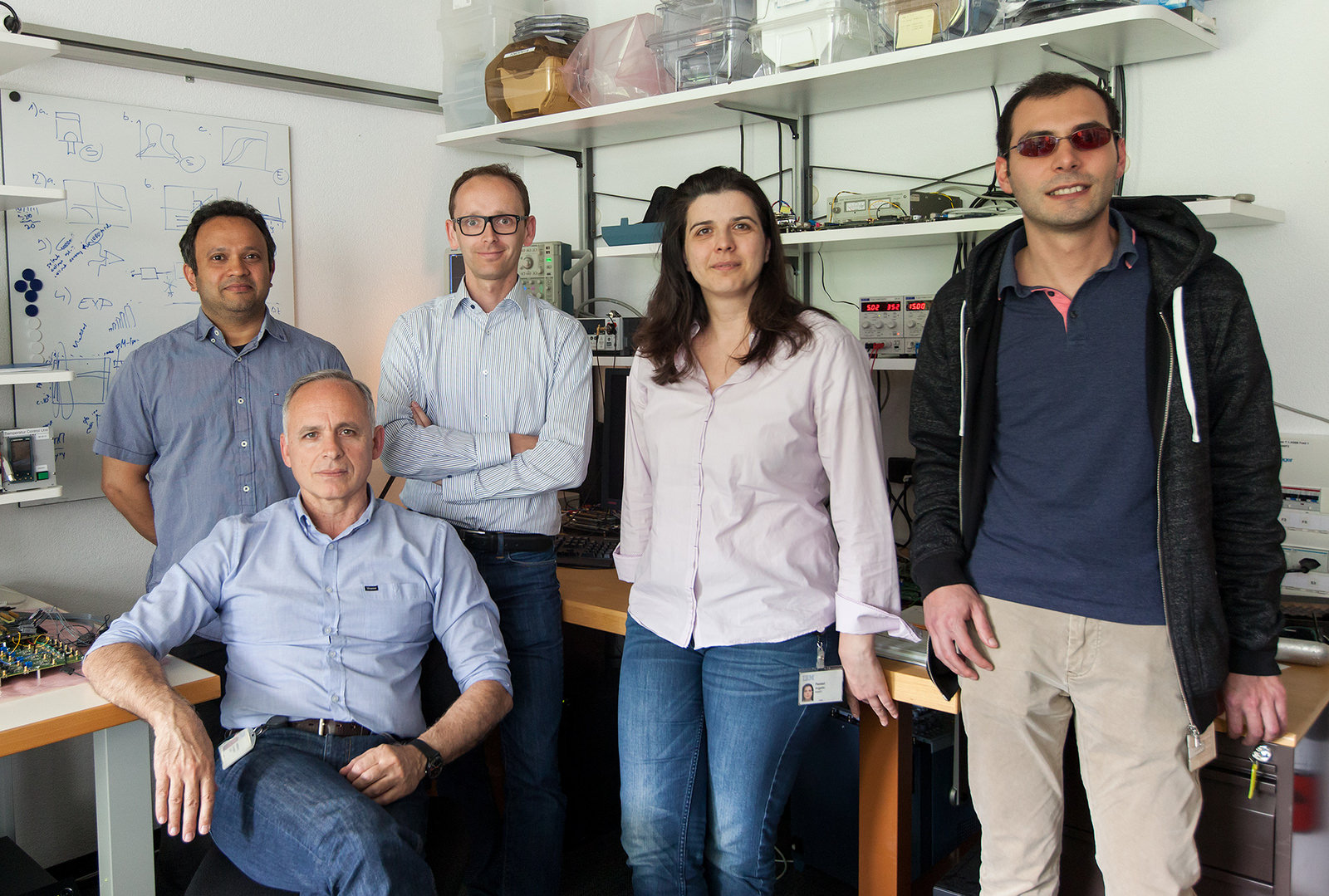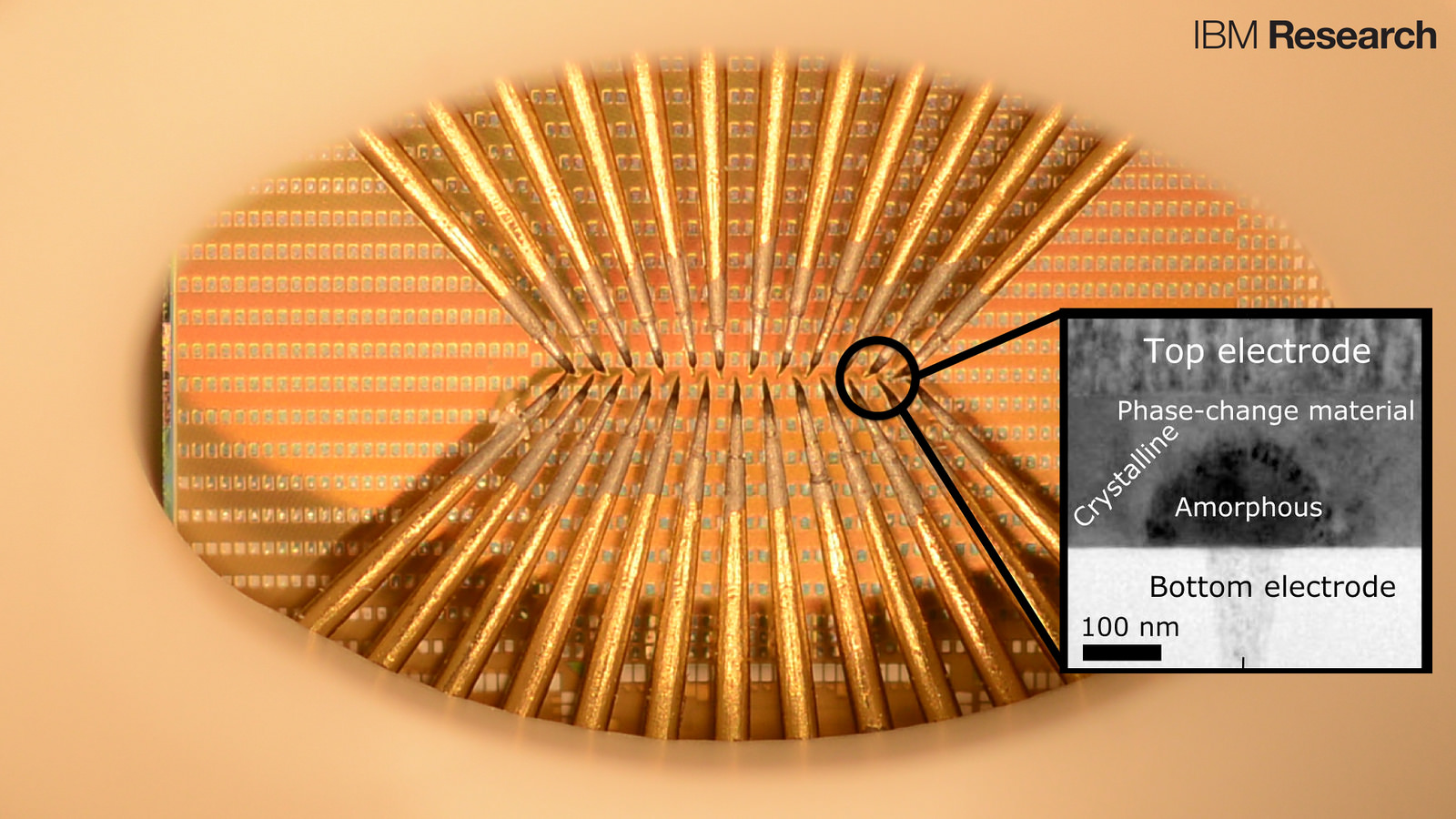Building artificial intelligence that faithfully mimics the human brain has been an alluring dream of scientists and engineers. Although we have the technology to put billions of transistors on a chip, we are far from fulfilling that dream.
While there are practical constraints such as cost and performance that limit the extent to which biological mechanisms can be copied in silicon, there is a more fundamental barrier. Clearly, it’s not a question of quantity but that of quality.
Electronic circuitry is largely deterministic; the same set of inputs will always produce the same set of outputs. But brain cells, being living things in their own right, seem to have a “mind” of their own. Brain cells exhibit what is called as stochastic behavior due to several complex phenomena such as ionic conduction noise, chaotic motion of charges, variabilities between brain cells and background noise.
And now scientists at IBM Research (Zurich) have successfully captured the very essence that makes a brain cell tick in an artificial neuron.

By using a phase-change material such as chalcogenide, they have been able to faithfully replicate the stochastic neuronal dynamics observed in brain cells. Essentially, a phase-change device at nanoscale behaves almost exactly like the membrane of a brain cell.
Each artificial neuron consists of inputs called dendrites, a body called soma and an output, called axon. The soma functions as a processor which receives inputs through the dendrites and then generates an output on the axon.
Like it’s biological counterpart, the artificial neuron receives potentials at the dendrites and integrates them using the phase-change device till the total potential reaches a threshold value. Once the threshold value is exceeded, the artificial neuron “fires” by discharging its potential and generating a “spike” on the output.

Each input pulse cases the phase-change device to heat and melt a little leading to a change in its physical state. This also gradually increases its electrical conductance. As multiple input pulses arrive and cause successive increases in electrical conductance, the overall conductance of the phase-change device increases till the threshold point is reached. Beyond that, the phase-change device fires a spike and then is reset to a non-conducting state.
However, the nature of the phase-change material is such that after being reset, the artificial neuron is in a slightly different state than before the pulses arrived. This provides an inherent stochasticity or randomness to the functioning of the artificial neuron making it work almost like a real brain cell.
Publication number: US 20160125287
Patent Title: NEUROMORPHIC SYNAPSES
Publication date: May 5, 2016
Filing date: Sep 29, 2015
Inventors: ANGELIKI PANTAZI; ABU SEBASTIAN; EVANGELOS S. ELEFTHERIOU; TOMAS TUMA;
Original Assignee: INTERNATIONAL BUSINESS MACHINES CORPORATION

